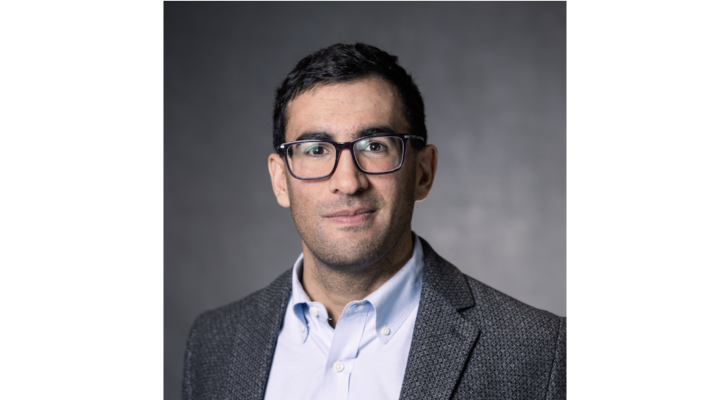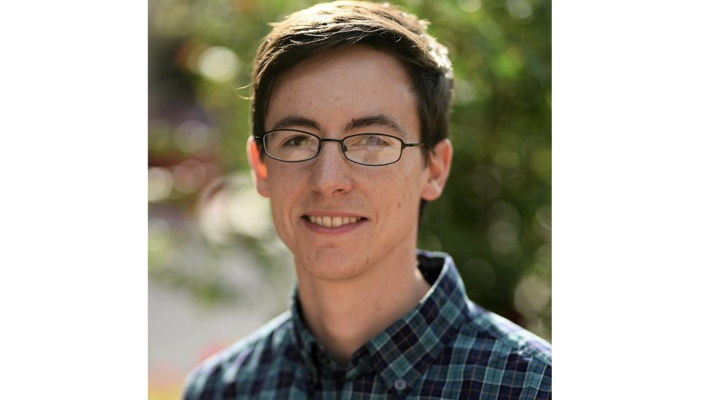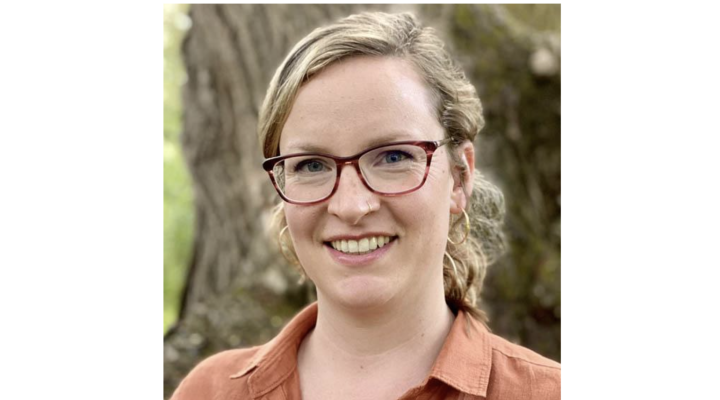If you ask Damian Helbling, one of CEE’s newest faculty members, which books had the most significant impact on his academic interests, he’ll list three--Silent Spring, an ecological classic; Our Stolen Future, which describes the dangers of endocrine disruptors; and Environmental Organic Chemistry, a hefty textbook that “describes our current state of knowledge on how chemicals behave in the environment” says Helbling. These three books helped direct Helbling to his current path; investigating how man-made contaminants move and change through natural and engineered water systems, and how to lessen their impact on humans and the environment.
Helbling majored in civil engineering with a minor in environmental engineering at Pennsylvania State University as an undergrad, and spent a formative summer doing an
NSF research fellowship in Bozeman, Mont. This was Helbling’s first foray into studying aquatic contaminants; he helped examine the feasibility of man-made wetlands as filtration systems for residential waste and run-off. He examined the transport of chemical contaminants as they moved through the maze of biofilm-laden root systems of cattails and bullrushes. “The experience was huge in solidifying my interest in environment engineering,” says Helbling.
After graduating and working for consulting firms that helped drinking and waste water treatment plants manage and update their distribution systems, Helbling entered a MS-PhD program in civil and environmental engineering at Carnegie Mellon University. There, he studied the use of sensor networks to monitor Pittsburgh’s century-old (or older) drinking water system. “There’s a lot of control over water quality in the water treatment process, but once you release the water into the distribution system a lot can happen before the water reaches the tap,” says Helbling. This was problematic, since the aging pipes that made up the city’s system were often breaking, routinely shooting “geysers up through the streets.” Helbling investigated whether and how water quality sensors could measure and mitigate an accidental or purposeful contamination event in the drinking water system. “It’s a tough problem,” says Helbling. “Water utilities have limited resources to deploy, maintain, and monitor sensor data. What parameters make the most sense to monitor and how do you effectively place sensors in a distribution systems to ensure detection of contamination events?” Using experimental simulations and models, Helbling and his colleagues analyzed these different objectives individually in an effort to identify the ideal sensor parameters and how to place them in the distribution system.
During this time, Helbling read Silent Spring and Our Stolen Future, which sparked his interest in the links between aquatic ecosystems and human health and development. The textbook Environmental Organic Chemistry pointed him to his next destination: the main author of the textbook, Rene P. Schwarzenbach, worked as a renowned environmental chemist at the Swiss Federal Institute of Aquatic Science and Technology (Eawag), the institute in Switzerland known for its research in this area. “That was the nexus of the universe for people doing this kind of work,” says Helbling, “so I ventured to the nexus of the universe” as a post-doc.
There, he focused on predicting where organic chemicals end up in the environment, and how they transform. Traditional analytical methods look for the specific chemicals, yet natural chemical reactions can change a contaminant’s structure slightly, disguising it from monitoring efforts yet still leaving it a dangerous pollutant. With roughly 75,000 different man-made chemicals being poured into the environment on a daily basis by human activity, this presents a staggering problem in terms of anticipating how each and every contaminant could transform. Helbling wants to solve this problem by taking a generalist approach: “if we haven’t studied a certain chemical in significant detail,” he says, “can we make predictions as to how it’s going to transform in the environment and whether or not the transformation products are going to still pose risk?”
Helbling started tackling this problem at Eawag, and continues the work at Cornell, where he recently started as an Assistant Professor in January 2014. He uses high-resolution mass spectrometry to propose the structures of the products of chemical transformations with a high degree of confidence. “The instrument measures the exact mass of these chemical products,” he says, which enables them to indirectly deduce the molecular formula, and, potentially, the chemical structures of contaminant breakdown-products. “This streamlines the process. You can make proposals on the structures of these chemicals with much higher confidence.”
At Cornell, Helbling will also focus on how to revolutionize wastewater treatment systems. A new approach is sorely needed—wastewater treatment plants were originally designed to protect humans from the spread of infectious diseases. Later, they were revamped to remove nutrients that were damaging surface water systems. “Now, we want them to protect us from these tens of thousands of chemicals in our water--that’s my primary motivation,” says Helbling.
With his array of ambitious research aims, Helbling has come to the right institution. When he was applying to faculty positions, Cornell’s reputation, as well as its broad vision and goals, appealed strongly to Helbling’s drive and multi-faceted research interests. “The School of Civil and Environmental Engineering was very supportive of my research ideas,” he says. “I had a strong sense that they were interested in what I was doing, and wanted to help me get it off the ground.”




